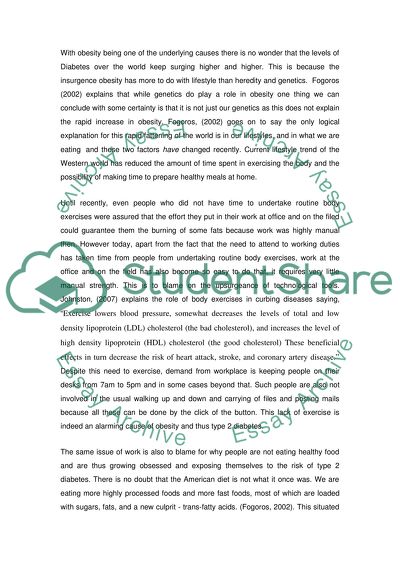Cite this document
(“Type 2 diabetes Essay Example | Topics and Well Written Essays - 2500 words”, n.d.)
Retrieved from https://studentshare.org/health-sciences-medicine/1407740-type
Retrieved from https://studentshare.org/health-sciences-medicine/1407740-type
(Type 2 Diabetes Essay Example | Topics and Well Written Essays - 2500 Words)
https://studentshare.org/health-sciences-medicine/1407740-type.
https://studentshare.org/health-sciences-medicine/1407740-type.
“Type 2 Diabetes Essay Example | Topics and Well Written Essays - 2500 Words”, n.d. https://studentshare.org/health-sciences-medicine/1407740-type.


